Travel in 2026 is often about escaping the ordinary. While millions flock to Paris, Bali, or New York, a growing number of explorers are seeking quieter, more authentic experiences. Hidden travel gems—small towns, remote islands, and overlooked regions—offer peace, culture, and discovery without the chaos of mass tourism.
Choosing these destinations isn’t just about avoiding crowds; it’s about finding places where time slows down, where locals still greet visitors like friends, and where nature remains untouched. Here are ten extraordinary hidden travel destinations to add to your 2026 travel list.
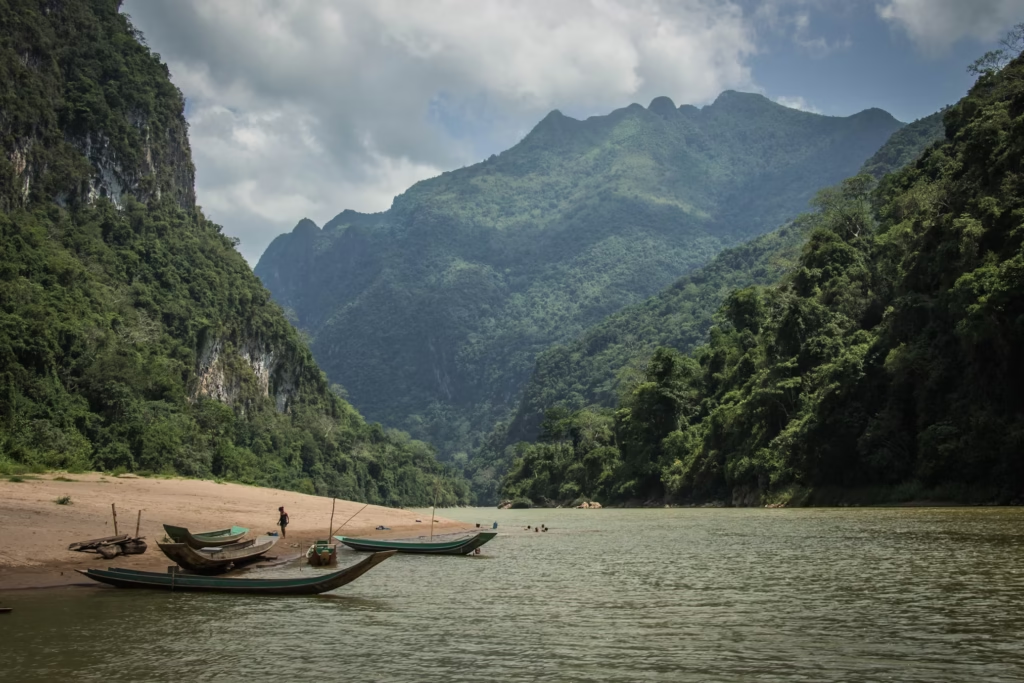
1. Luang Prabang, Laos – Where Rivers and Rituals Meet
Nestled at the confluence of the Mekong and Nam Khan rivers, Luang Prabang blends spirituality, colonial charm, and natural beauty. Each dawn, saffron-robed monks walk silently through the streets for the daily alms ceremony – a centuries-old Buddhist ritual that defines the city’s soul.
Spend your mornings at Kuang Si Falls, where turquoise pools cascade through the jungle, and your evenings at the vibrant night market sampling Laotian street food and hand-woven crafts. The atmosphere is serene, respectful, and deeply immersive.
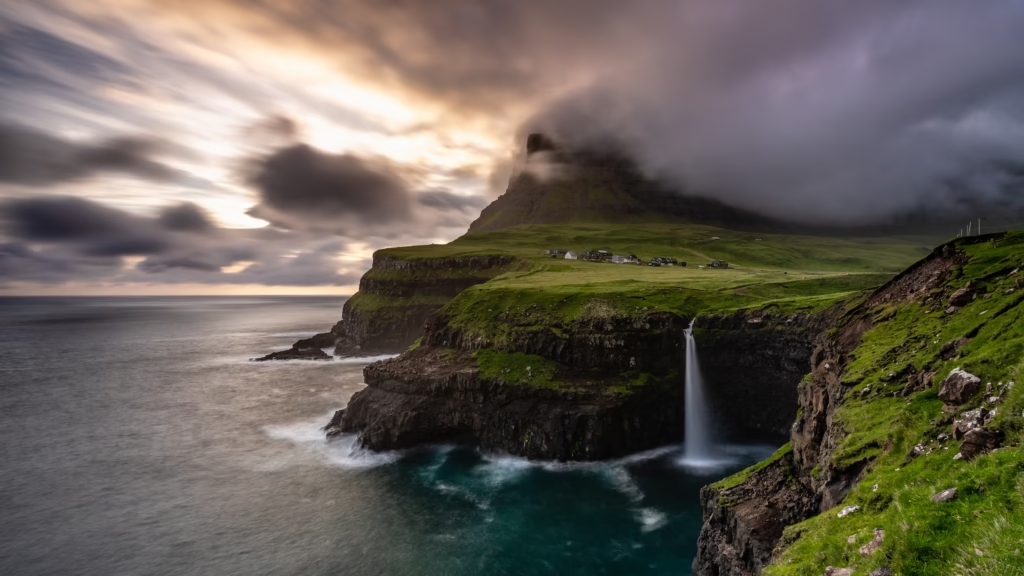
2. The Faroe Islands – Europe’s Wild, Untamed Frontier
Between Iceland and Norway lies a cluster of 18 volcanic islands where cliffs drop dramatically into the Atlantic and waterfalls tumble straight into the sea. The Faroe Islands are a photographer’s dream and a hiker’s paradise.
Drive through misty mountain roads, watch puffins along the sea cliffs, and explore villages like Saksun and Gjógv, where turf-roof cottages blend with the green landscape. With fewer than 60,000 inhabitants, the Faroes remain blissfully crowd-free – a rare luxury in Europe.
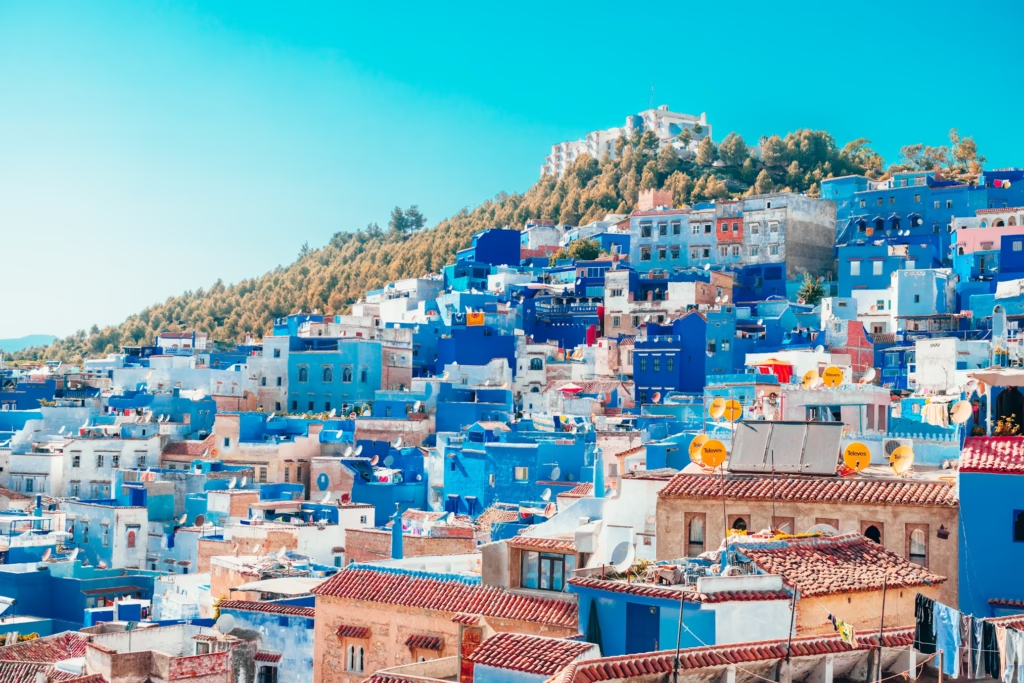
3. Chefchaouen, Morocco – The Blue Pearl of the Rif
Often called “The Blue City,” Chefchaouen is painted entirely in shades of sky and sapphire. Set high in Morocco’s Rif Mountains, it feels otherworldly—peaceful, safe, and endlessly photogenic.
Stroll through its winding lanes, enjoy mint tea on rooftop terraces, and hike into the nearby Talassemtane National Park for panoramic views. Local artisans still hand-weave rugs and ceramics using centuries-old techniques, making it one of North Africa’s most authentic cultural escapes.
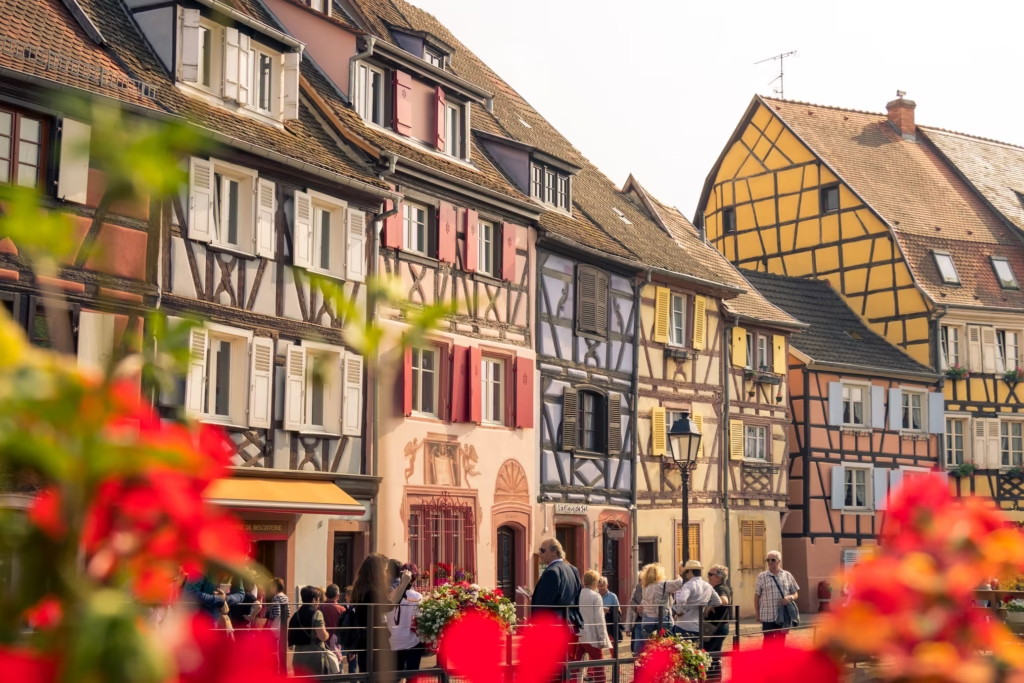
4. Colmar, France – A Fairytale in Alsace
Far from the bustle of Paris lies Colmar, a town straight out of a storybook. Timber-framed houses with overflowing flower boxes line quiet canals, earning it the nickname “Little Venice.”
Wander the cobbled streets of the Old Town, sample Alsatian white wines, and take a slow boat ride through its canals. Every corner feels like a painting—a mix of French charm and German precision. Spring and early autumn are the best times to visit when the crowds thin and the colors glow.
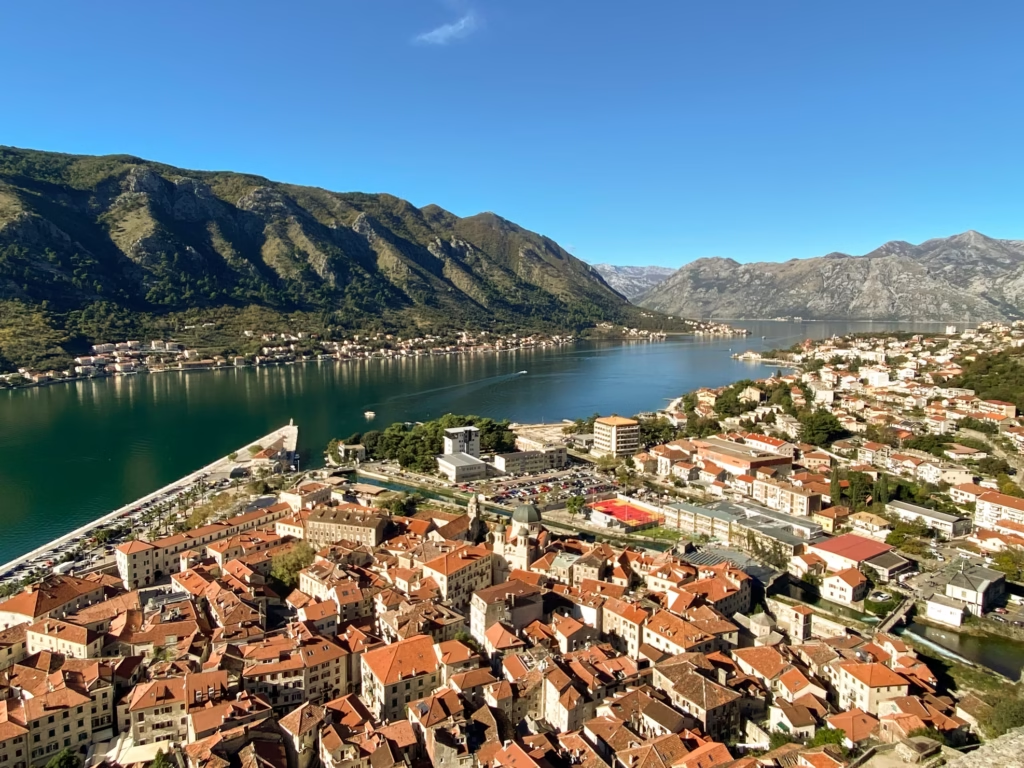
5. Kotor, Montenegro – A Bay of Serenity and Stone
Cradled between mountains and the Adriatic Sea, Kotor remains one of Europe’s most underrated UNESCO World Heritage Sites. Its ancient walls climb high above the town, offering breathtaking views of red-tiled rooftops and blue waters.
Climb to the fortress at sunrise for an unforgettable panorama, wander the maze-like medieval streets, and dine on local seafood by the bay. Even as cruise tourism grows, Kotor preserves a peaceful rhythm that rewards those who linger.
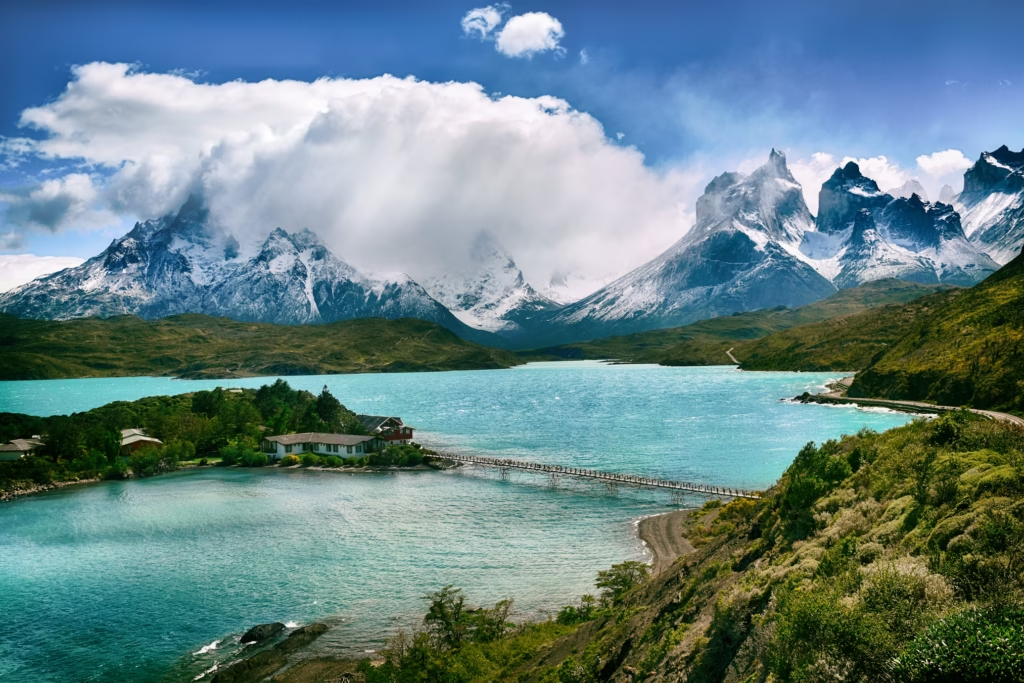
6. Aysén Region, Chile – Patagonia’s Secret Side
Patagonia’s remote Aysén Region is a wilderness of glaciers, fjords, and snow-capped peaks. Few travelers venture here due to its remoteness, but those who do are rewarded with pristine lakes and endless skies.
Follow the Carretera Austral, Chile’s most scenic highway, camp beside mirror-like lakes, or kayak through marble caves on General Carrera Lake. The region is ideal for eco-travelers who want to disconnect completely and experience raw, untouched nature.
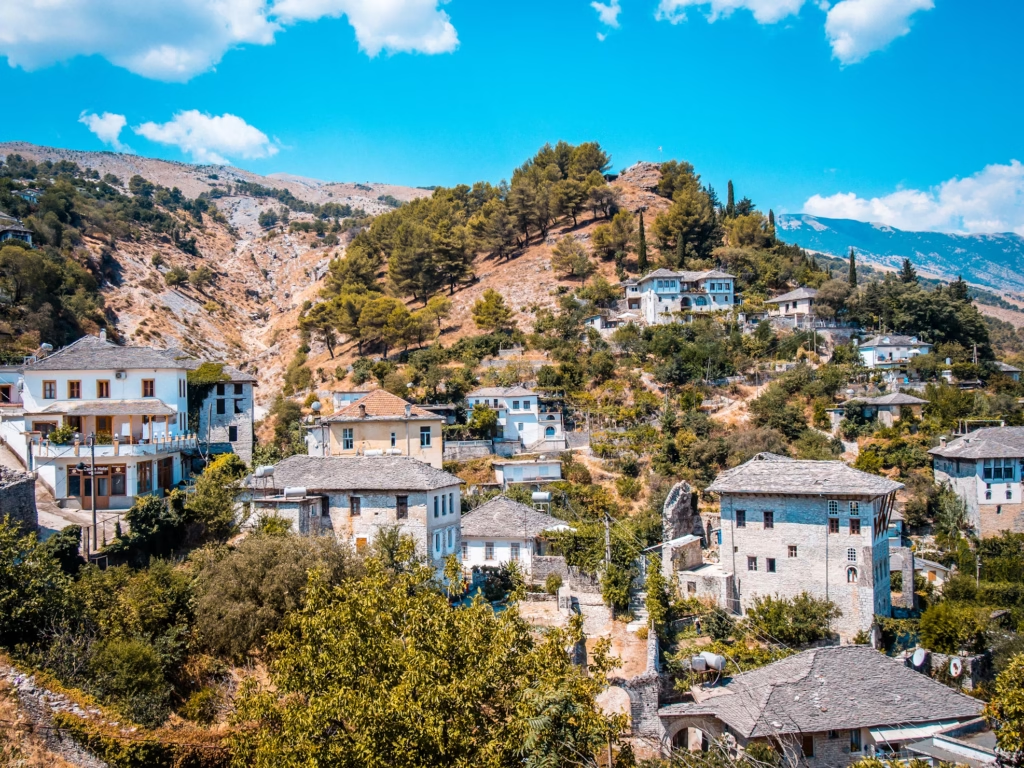
7. Gjirokastër, Albania – The Stone City of the Balkans
Known as the “Stone City,” Gjirokastër is one of Albania’s most beautiful and affordable destinations. Its steep streets are lined with Ottoman-era stone houses and watchtowers that echo centuries of history.
Explore Gjirokastër Castle, visit small folk museums, and enjoy hearty Albanian cuisine – grilled lamb, byrek pies, and homemade raki. Despite its UNESCO status, Gjirokastër remains peaceful, making it a perfect base for exploring southern Albania’s countryside.
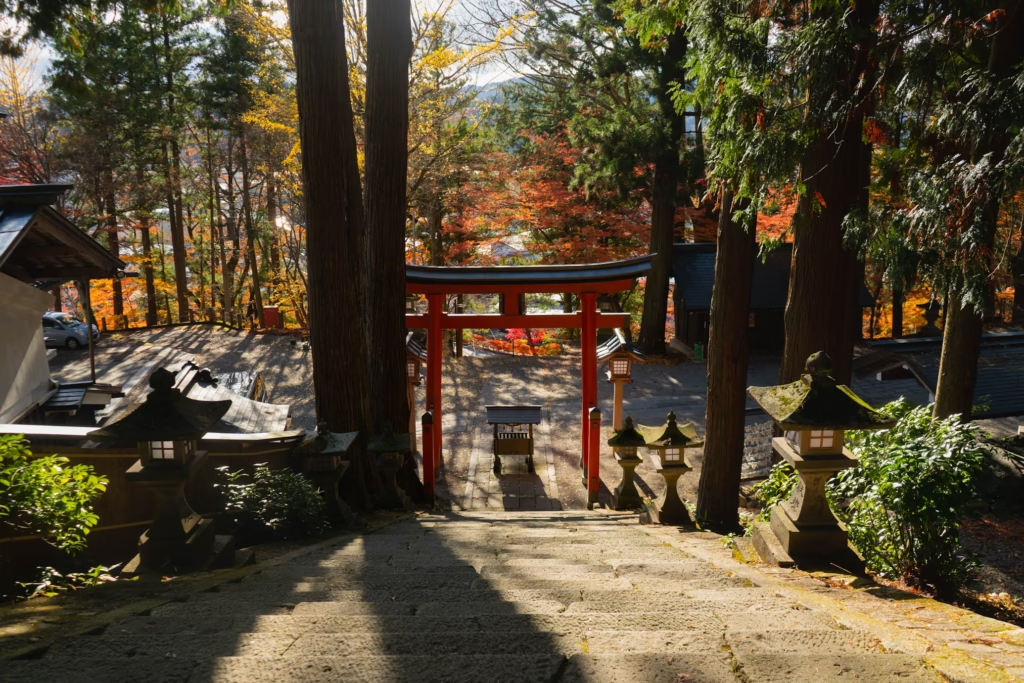
8. Takayama, Japan – The Heart of Old Japan
For a taste of Japan beyond Tokyo, Takayama offers a glimpse of the country’s Edo-period heritage. Wooden merchant houses, narrow lanes, and morning markets create a nostalgic atmosphere rarely found elsewhere.
Time your visit with the Takayama Spring Festival, featuring ornate floats and street parades, or simply wander the old town tasting local Hida beef and sake. Every corner tells a story of craftsmanship, respect, and quiet beauty.
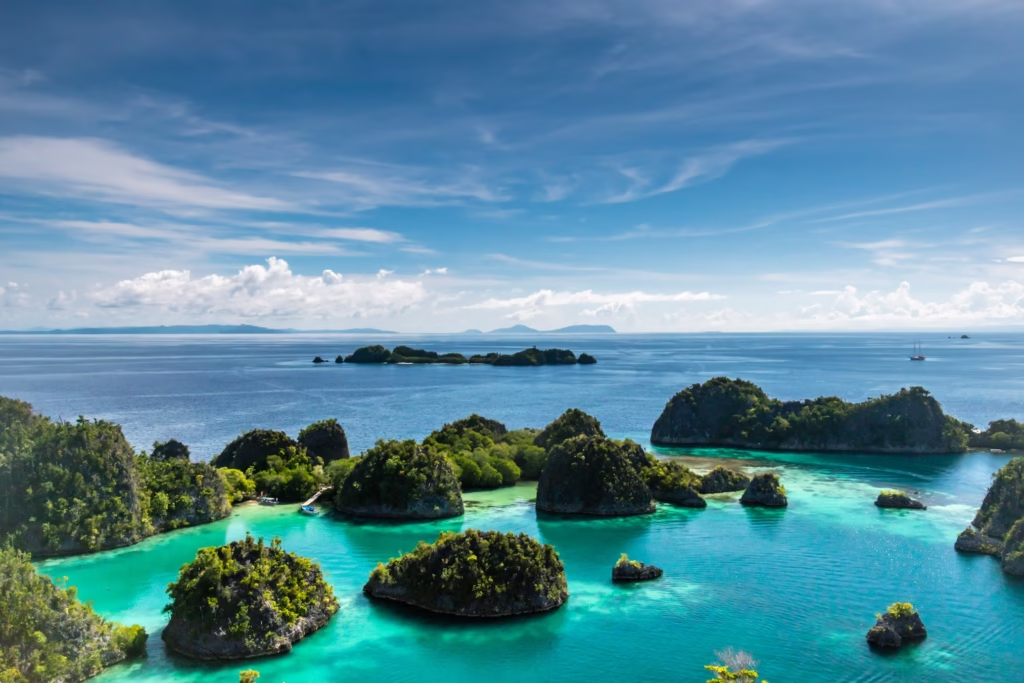
9. Raja Ampat, Indonesia – The Last Paradise
Far from Indonesia’s tourist hotspots lies Raja Ampat, a collection of over 1,500 islands surrounded by the richest marine biodiversity on Earth. Its coral reefs host over 1,000 species of fish and 500 kinds of coral.
Divers and snorkelers can explore pristine underwater worlds while bird-watchers spot the legendary red bird-of-paradise. Stay in eco-friendly water bungalows, explore hidden lagoons, and experience life at nature’s pace – unplugged and unforgettable.
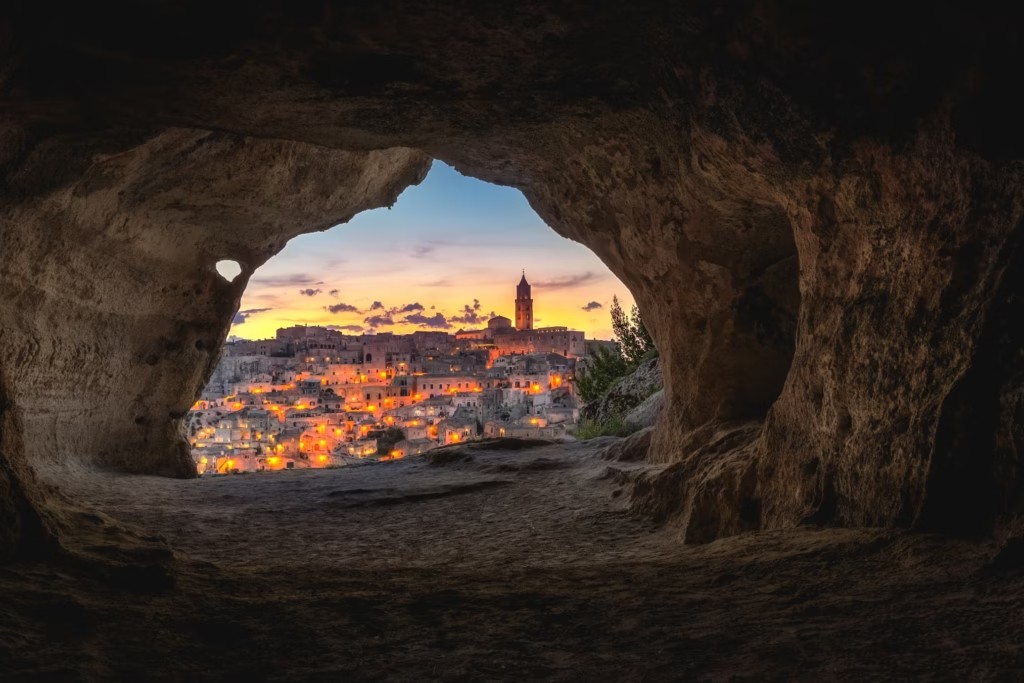
10. Matera, Italy – The City Carved from Stone
While many tourists flock to Rome or Venice, Matera in southern Italy remains surprisingly quiet. Known for its ancient cave dwellings (Sassi di Matera), it’s one of the world’s oldest inhabited cities and a UNESCO World Heritage Site.
Stay in a cave hotel, dine on regional Lucanian cuisine, and wander through candle-lit lanes that feel like a movie set. Matera’s blend of history and rebirth makes it a symbol of sustainable tourism and cultural preservation in modern Italy.
Why Hidden Travel Gems Matter in 2026
In an era when social media drives crowds to the same “Instagrammable” locations, hidden destinations preserve what travel should be about – connection, reflection, and discovery. They support local economies, reduce over-tourism, and offer travelers the chance to make genuine memories instead of following trends.
As sustainability becomes a global priority, exploring lesser-known places is not just a choice – it’s a responsibility. These hidden gems remind us that adventure doesn’t always mean distance; sometimes it simply means curiosity.
From Morocco’s blue alleys to Indonesia’s coral kingdoms, the world is filled with extraordinary places still untouched by mass tourism. Whether you crave culture, solitude, or adventure, these ten hidden destinations prove that there’s always something new to discover – if you’re willing to look beyond the obvious.
So next time you plan a trip, skip the crowds and follow the quiet path. The world’s best stories are still waiting off the map.

